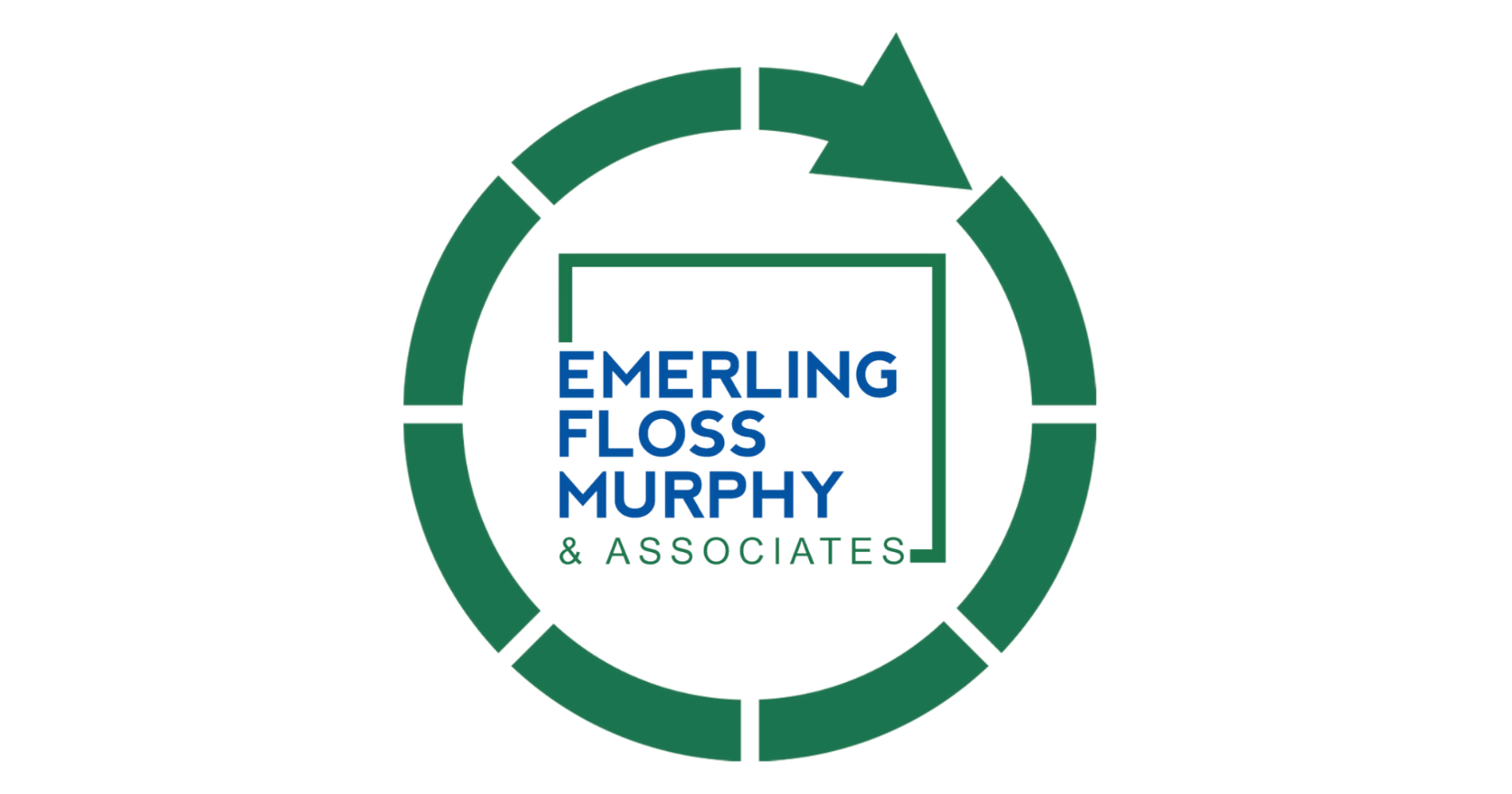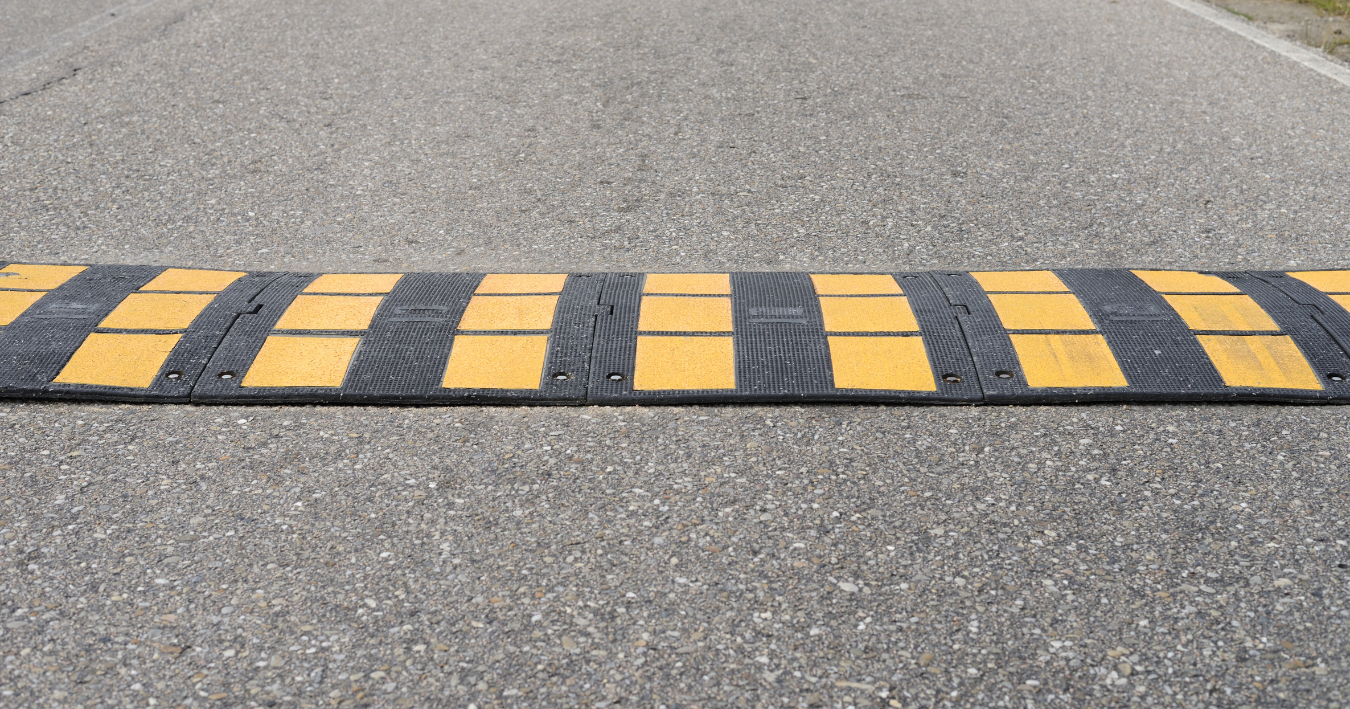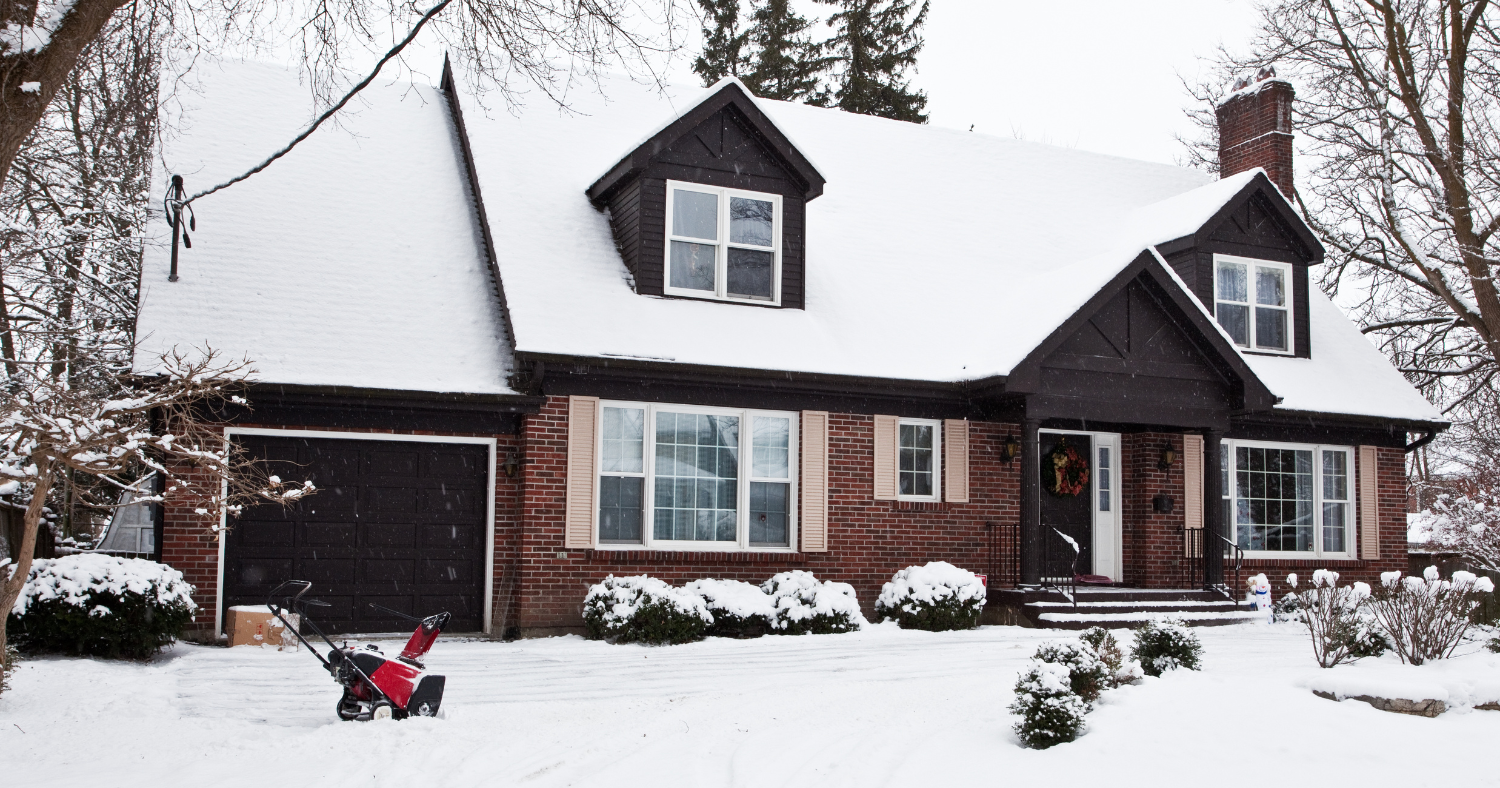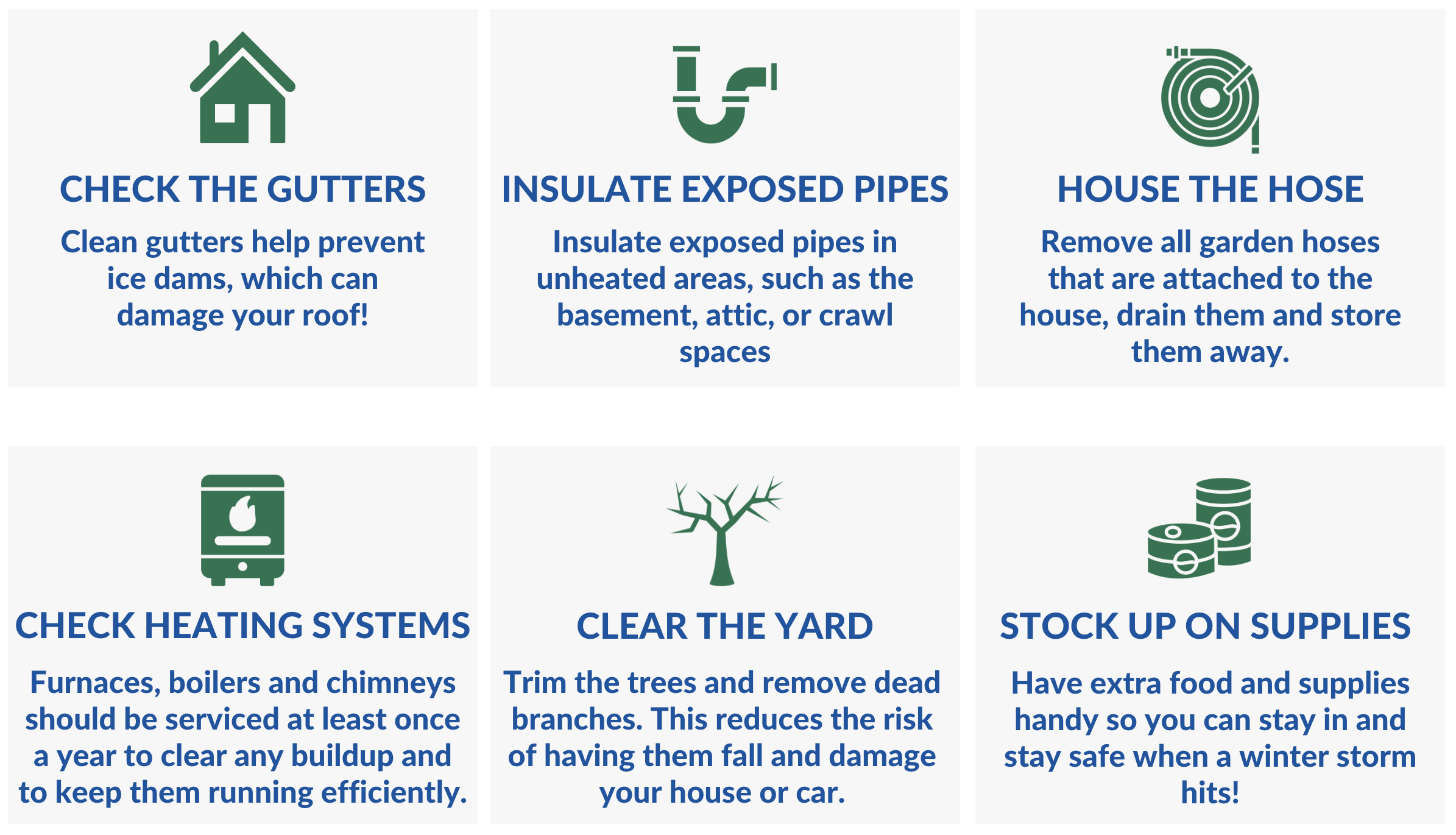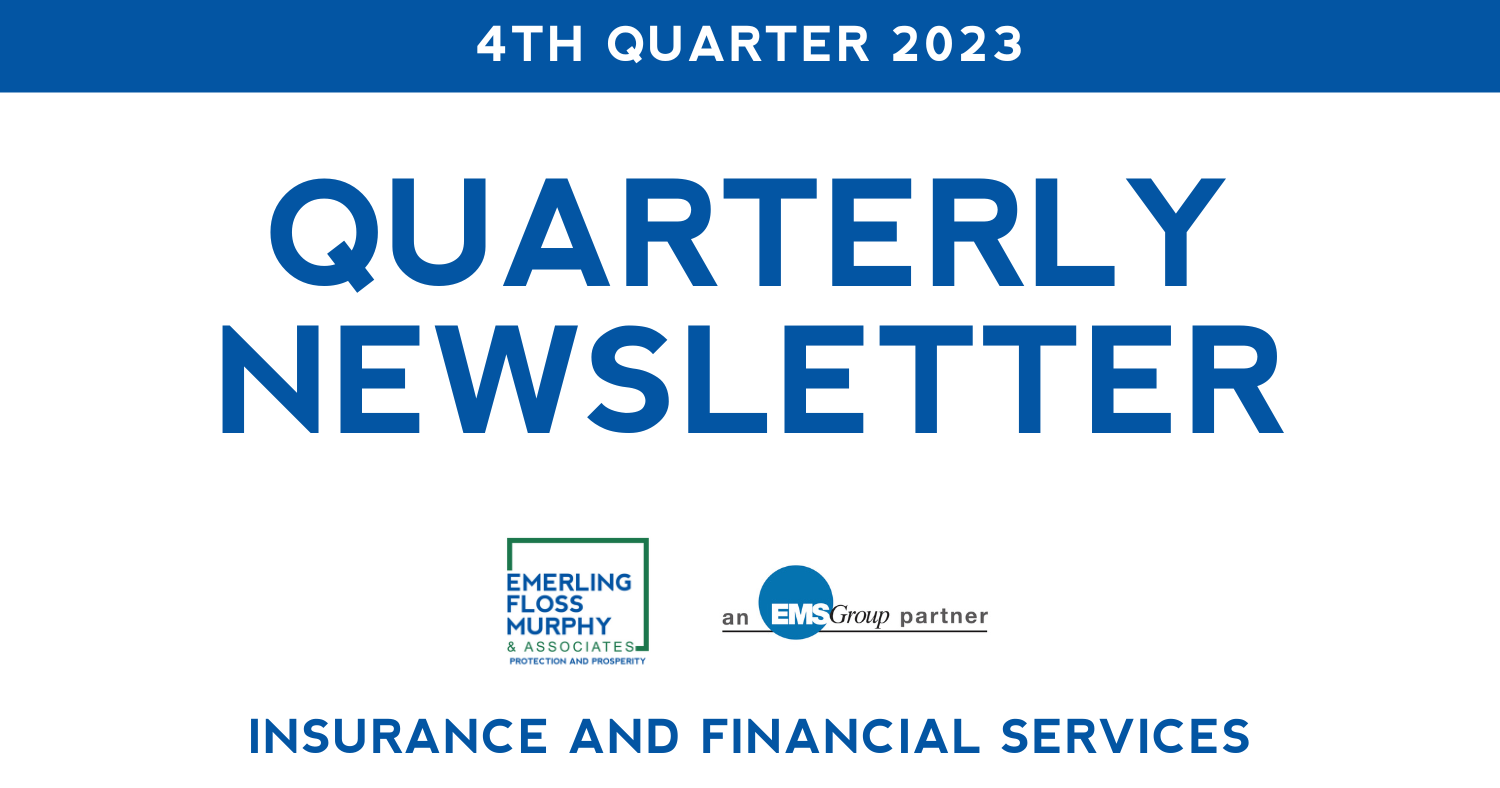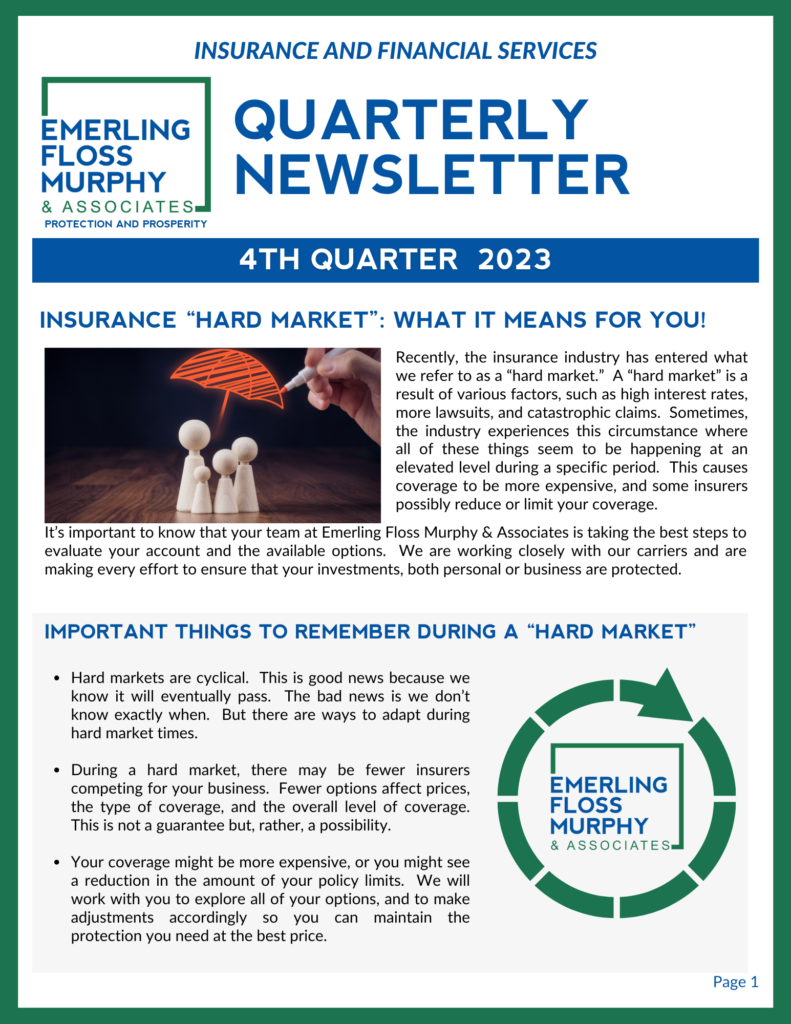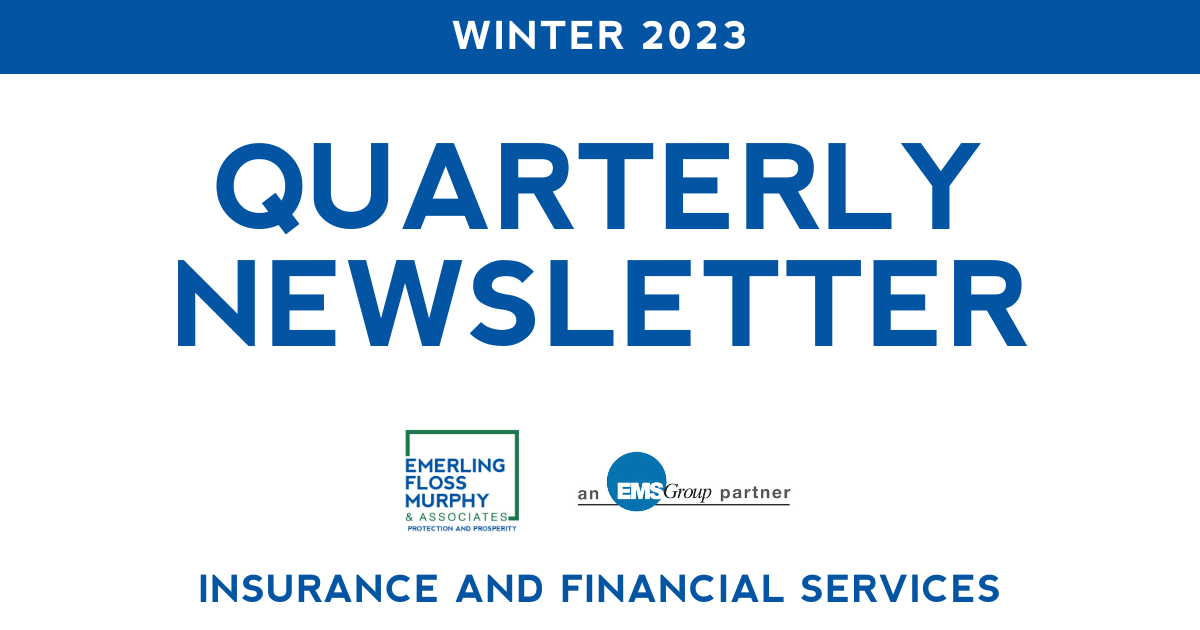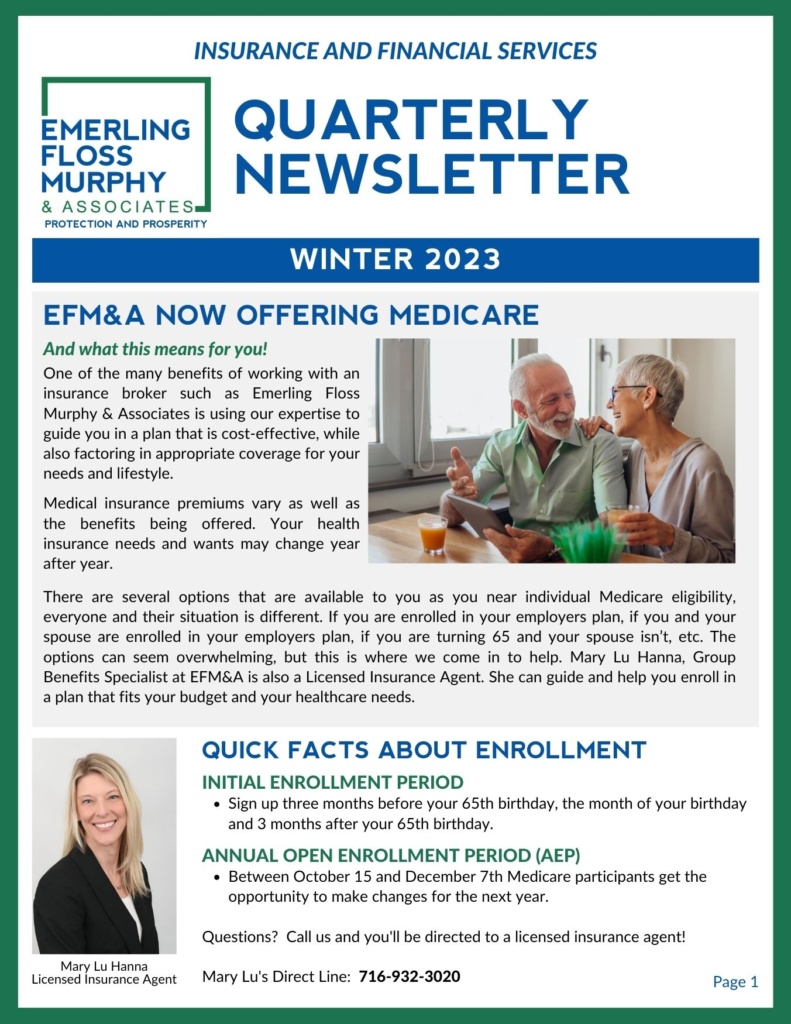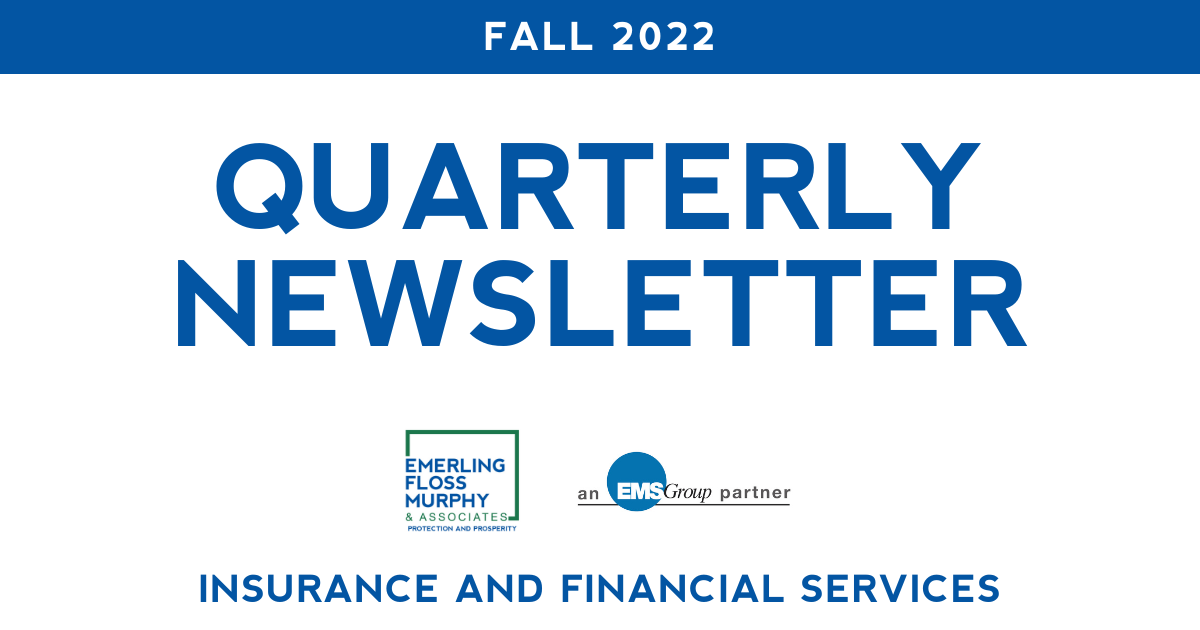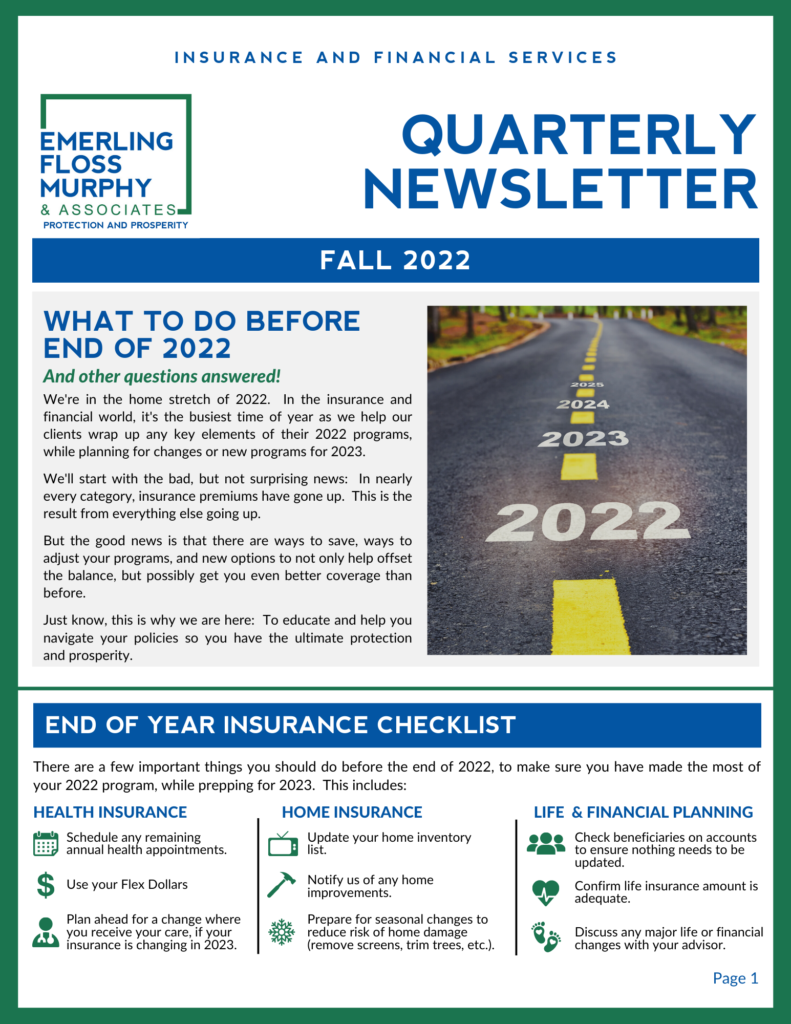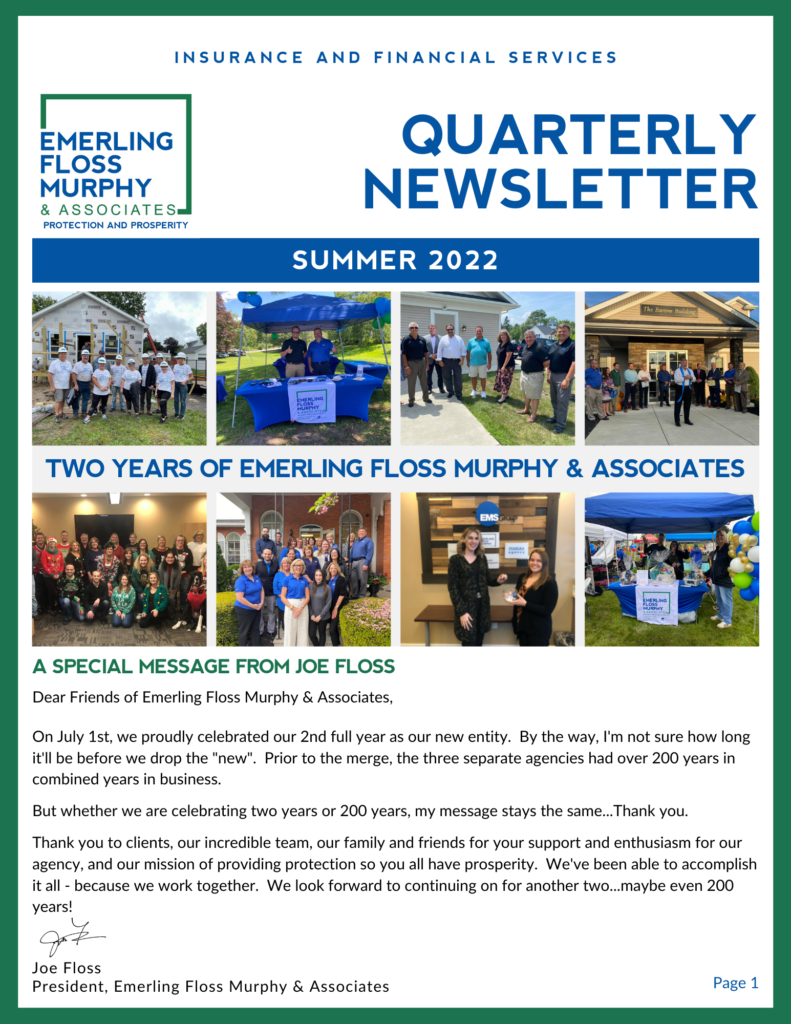Your options during a “Hard Market”
As insurance premiums rise and policies become more restrictive or harder to find, you may be tempted to cut back on coverage or eliminate specific policies. We highly recommend you have a conversation with your EFM&A representative before making any drastic decisions – in order to avoid huge risks that could lead to severe financial hardships if you have a claim.
Here are five things you should do during an insurance “hard market”:
Risk Management Review:
- Evaluate and strengthen your risk management strategies. Carriers are more selective during a hard market, so demonstrating a robust risk management program can make you a more attractive policyholder. Identify potential risks, implement mitigation measures, and maintain thorough records of your risk management practices.
Raise Your Deductible or Self-Insure to Lower Premium:
- Self-insuring or opting for a higher deductible provides flexibility in risk transfer. Instead of relying solely on insurance, individuals can allocate a portion of the risk to themselves. This flexibility allows for a strategic approach to risk management, balancing the desire for cost savings with financial protection.
Policy Review and Adjustments:
- Reevaluate your insurance policies and coverage limits. Assess whether your current coverage aligns with your risk exposure and financial situation. Adjusting coverage levels, deductibles, or policy terms may be necessary to suit your needs better. Be proactive in communicating with your insurance provider to explore options that meet your requirements.
Loss Prevention Measures:
- Implement measures to prevent losses and claims. Insurers may look favorably upon policyholders who take proactive steps to minimize risks. This could include investing in safety programs, employee training, and adopting technologies or practices that reduce the likelihood of incidents. Demonstrating a commitment to loss prevention may lead to more favorable terms and conditions.
Maintain Strong Communication with your EFM&A Team:
- Cultivate and maintain open lines of communication with your insurance providers. Establishing a solid relationship can be beneficial, especially when insurers are more selective in a hard market. Keep your insurers informed about changes in your business operations, safety initiatives, or risk management practices. Building a positive rapport may contribute to more favorable terms and better understanding in case of a claim.

